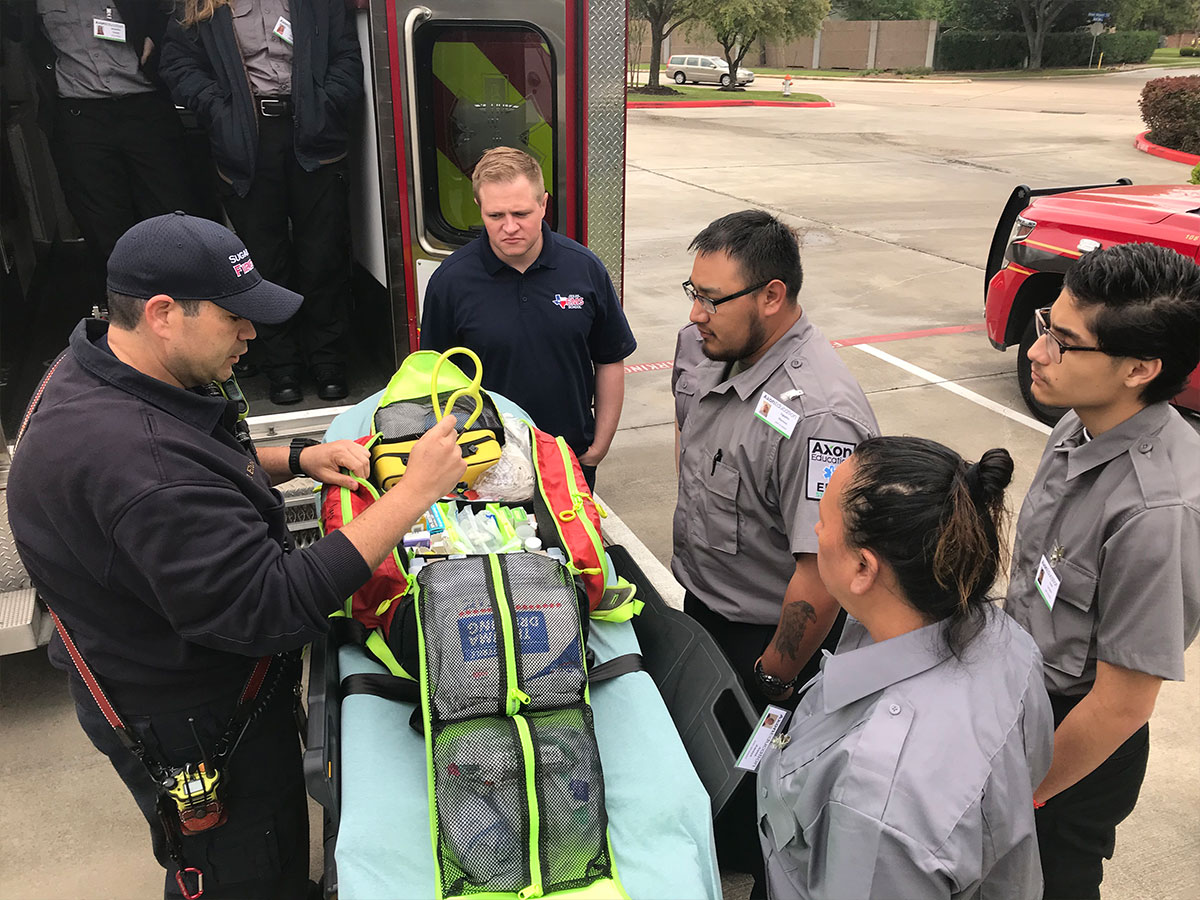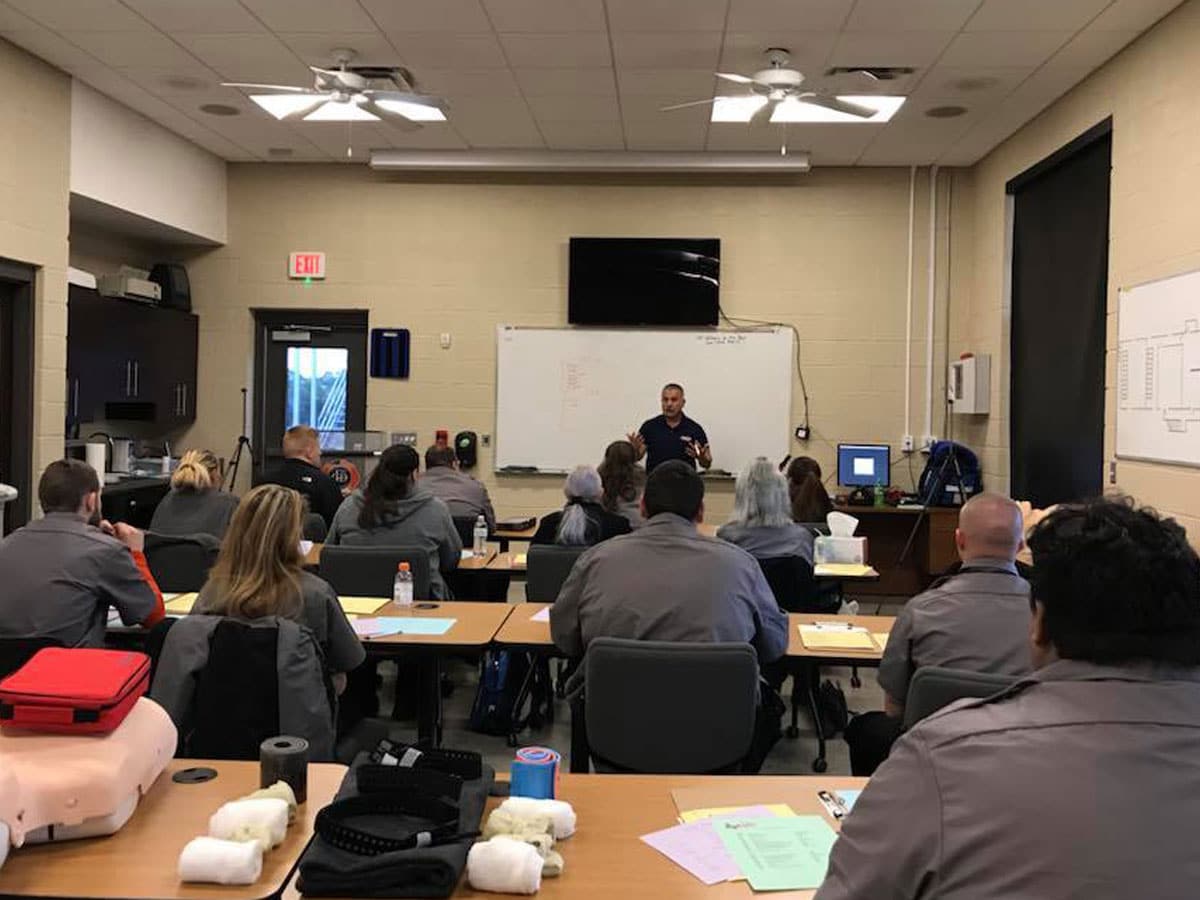
Traditional Face-to-Face EMS Courses: Learning through Real-Life Scenarios
Introduction
In the world of emergency medical services (EMS), proper training and education are crucial for the success of paramedics and emergency medical technicians (EMTs). One method that has stood the test of time is traditional face-to-face EMS courses, where students learn through real-life scenarios. This article will explore the benefits and importance of traditional face-to-face EMS courses, particularly in Texas EMS schools. We will delve into the basic EMS education provided, the Emergency Medical Technician (EMT) program, and how online EMS training courses compare to the traditional approach.
The Importance of Paramedic Training
Paramedics play a critical role in providing emergency medical care to patients in need. Their specialized training equips them with the skills and knowledge necessary to assess, treat, and stabilize patients in high-stress situations. Traditional face-to-face EMS courses offer an immersive learning experience that prepares aspiring paramedics for real-life scenarios they may encounter in their careers.
Basic EMS Education: A Strong Foundation
Before diving into advanced topics, it is essential for aspiring paramedics to receive a solid foundation in basic EMS education. Traditional face-to-face EMS courses provide comprehensive training on core topics such as anatomy, physiology, medical terminology, and patient assessment. By learning these fundamentals in a hands-on environment, students develop a strong understanding of how to apply their knowledge effectively.
The Texas EMS School Experience
Texas is known for its exceptional emergency medical services education programs. Texas EMS schools prioritize practical training through traditional face-to-face courses, allowing students to learn from experienced Texas EMS School instructors who have firsthand experience in the field. Students benefit from small class sizes, personalized attention, and a supportive learning environment that fosters growth and development.
The Emergency Medical Technician Program
One common path to entering the world of EMS is through becoming an Emergency Medical Technician (EMT). EMTs play a critical role in providing initial medical care to patients before they reach a hospital. Traditional face-to-face EMS courses offer comprehensive EMT programs that cover topics such as basic life support, trauma care, and patient assessment.
Learning through Real-Life Scenarios
One of the significant advantages of traditional face-to-face EMS courses is the opportunity to learn through real-life scenarios. Instructors create simulated emergency situations where students can apply their knowledge and skills in a controlled environment. This hands-on approach allows students to gain confidence, develop critical thinking skills, and practice making split-second decisions.

Online EMS Training Courses: A Comparison
In recent years, online EMS training courses have gained popularity due to their convenience and flexibility. However, when it comes to learning through real-life scenarios, traditional face-to-face EMS courses still hold an edge. Online courses may provide theoretical knowledge, but they often lack the practical application aspect that is crucial in EMS education. Hands-on experience is vital for paramedics and EMTs to handle high-stress situations effectively.
FAQs about Traditional Face-to-Face EMS Courses
Q: What makes traditional face-to-face EMS courses different from online training? A: Traditional face-to-face EMS courses provide hands-on experience and real-life scenarios for practical application, while online training focuses more on theoretical knowledge.
Q: Are there any advantages of choosing traditional face-to-face EMS courses over online options? A: Yes, traditional face-to-face courses offer personalized attention from experienced instructors, small class sizes, and a supportive learning environment.
Q: Can I pursue a career in EMS without attending traditional face-to-face courses? A: While some online options exist for EMS training, having hands-on experience through traditional face-to-face courses is highly beneficial for future paramedics and EMTs.

Q: How do traditional face-to-face EMS courses prepare students for real-life emergencies? A: These courses provide students with simulated emergency scenarios, allowing them to apply their knowledge and skills in a controlled environment.
Q: Are traditional face-to-face EMS courses more time-consuming compared to online training? A: Traditional face-to-face courses may require a greater time commitment due to the hands-on nature of the training, but they provide invaluable practical experience.
Q: Can I find traditional face-to-face EMS courses in Texas EMS schools? A: Yes, Texas EMS schools are known for their exceptional traditional face-to-face EMS courses that offer hands-on training and personalized instruction.
Conclusion
Traditional face-to-face EMS courses remain an essential component of paramedic and EMT training. Through learning in real-life scenarios, students develop the practical skills, confidence, and critical thinking abilities necessary to excel in their careers. While online options may offer convenience, they cannot replicate the immersive experience provided by traditional face-to-face courses. Texas EMS schools stand out for their commitment to delivering comprehensive education through these tried-and-true methods. So if you're considering a career in emergency medical services, don't underestimate the value of learning through real-life scenarios in traditional face-to-face EMS courses.